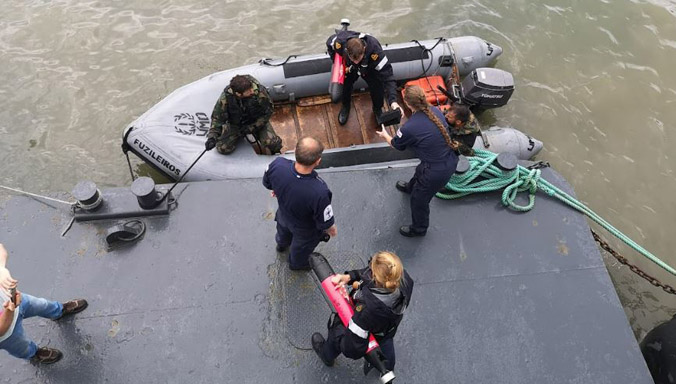Supply chain software company Shifl said there had been a recent acceleration in the drop in spot rates and carriers are attempting to renegotiate long term contracts secured when rates were higher. High longterm contract rates are expected to support container line earnings well into next year, stretching the financial benefits to lines of the congestion-backed peak in rates last year.
Both Hapag-Lloyd and Yang Ming said shippers have asked to renegotiate deals, the former saying it is standing firm and the latter open to hearing customers’ requests.
“With the increasing pressure from shippers, shipping lines may not have a choice but to accede to customer demands as contract holders are known to simply shift their volumes to the spot market,” said Shabsie Levy, CEO and Founder of Shifl.
The pressure on lines and shippers alike comes from a steep drop in spot rates. Shifl’s forwarded-driven rate index Shifex recorded its lowest rate for two years on the Shanghai-LA route; at $3,500 per feu, the rate is down 80% on-year.
On the China-New York route, rates have held up slightly better but are still down 59% on-year at $7,950 per feu compare to a high of $19,600 in September 2021.
“While in July, there was a relatively steady decline in spot rates, the pace has definitely picked up as a milieu of factors continue to soften the market for containerized goods between China and the rest of the world. Tightening monetary policy, a shift in consumer spending, bloated inventories in the US, and growing geopolitical tensions between the US and China continue to play a role in the movement of rates,” said Levy.
“With the latest dramatic slump in rates, the market is closer than ever to the pre-pandemic rate levels, especially to the largest entry ports in the USA – Los Angeles and Long Beach,” said Levy.
Shifl also noted a drop in transit times on Asia-US routes as congestion—one of the factors that supported high freight rates over the past two years—begins to clear.
Transit times on the main China – LA/ Long Beach route fell by 25% in August to 24 days, levels last seen in July 2021 and moving closer to pre-pandemic levels of 16 days. That reduction is partly fuelled by a movement of cargoes from the West to East coast, however, and China-New York transit times edged up from 46 to 50 days in August.
“The ripple effect of the shift in cargoes from West Coast to East Coast is taking its biggest toll now in New York with an overflow of empties and shortage of chassis. We expect this to improve soon as lower volume forecasts will ease the pressure off the system,” said Levy.
Source: https://www.seatrade-maritime.com/containers/shippers-push-contract-renegotiations-spot-rates-tumble


 Photo: Portuguese Navy
Photo: Portuguese Navy